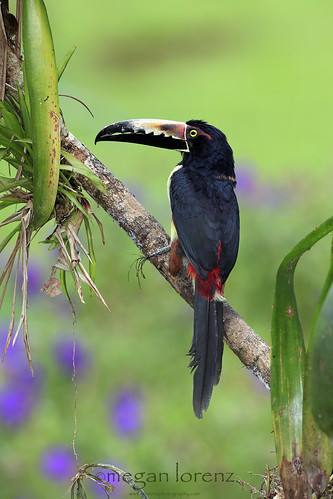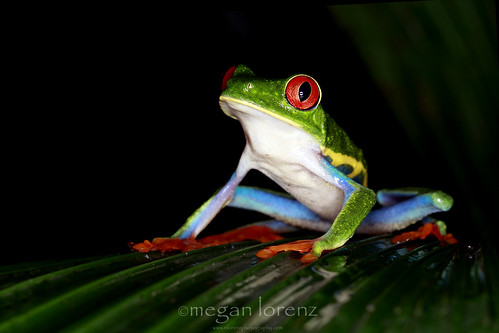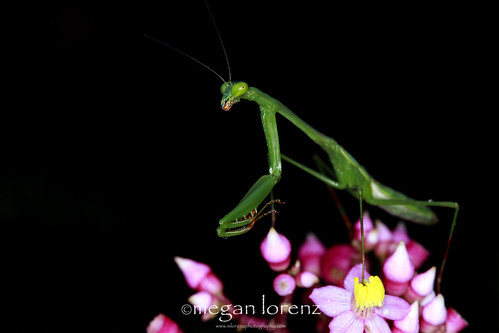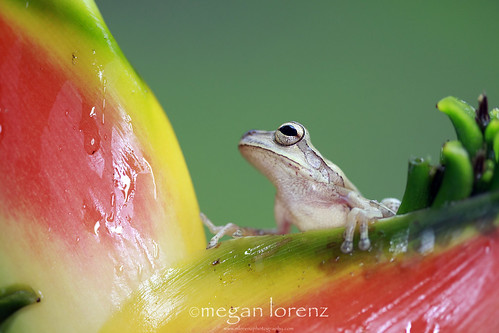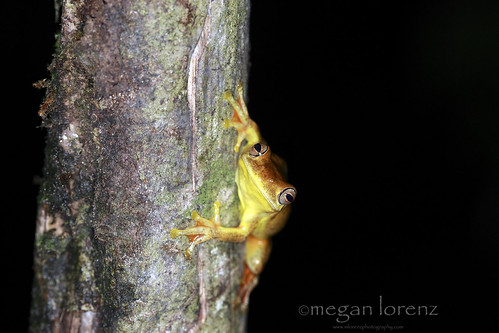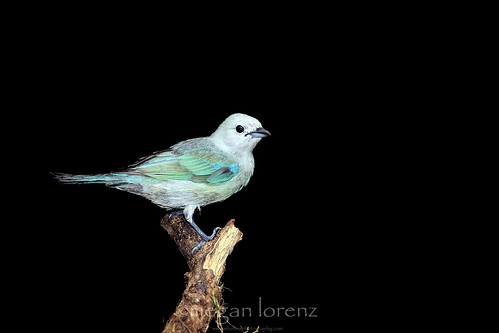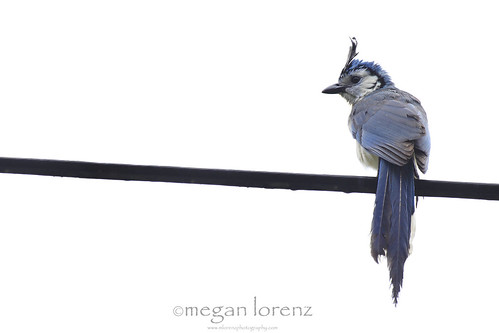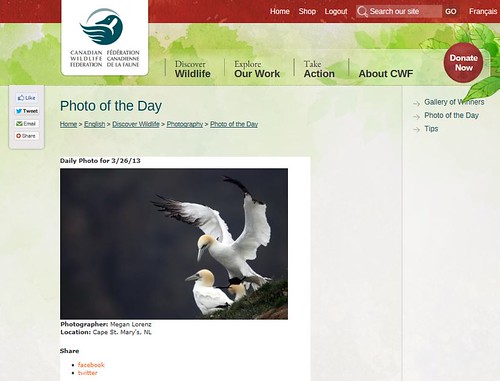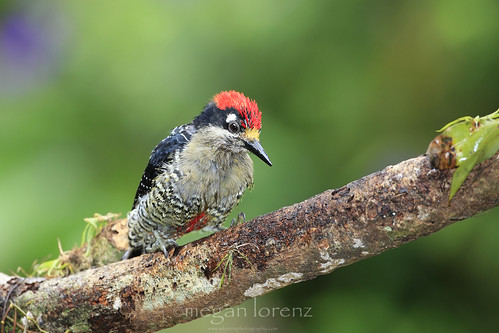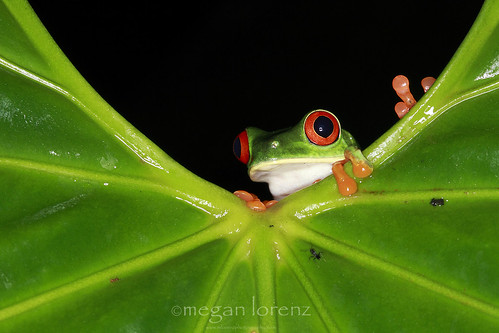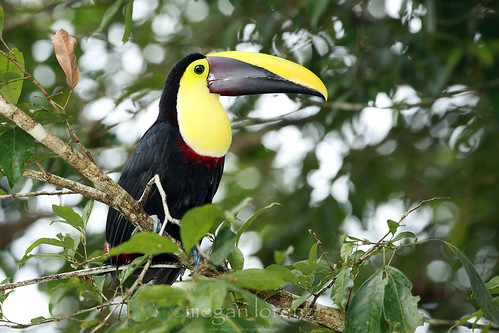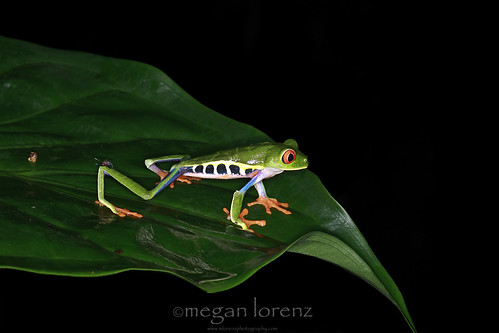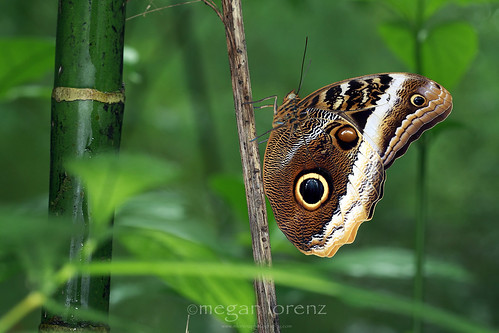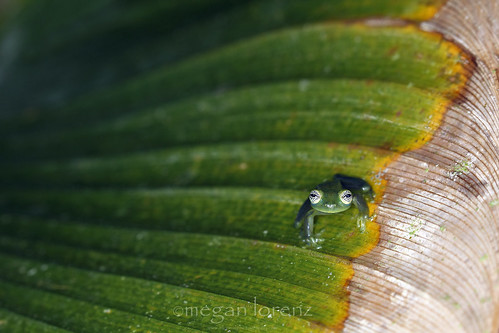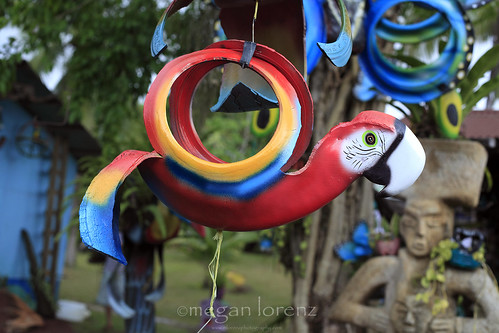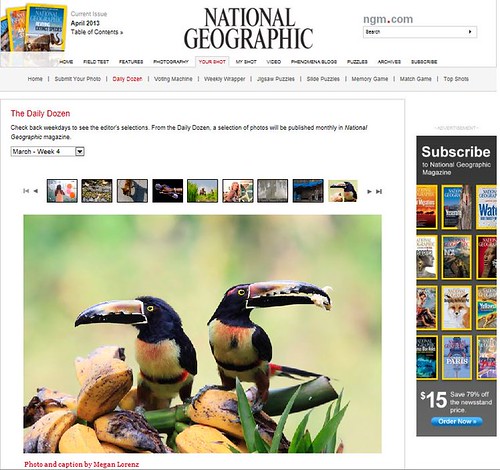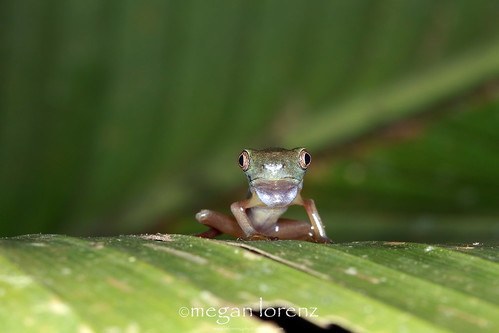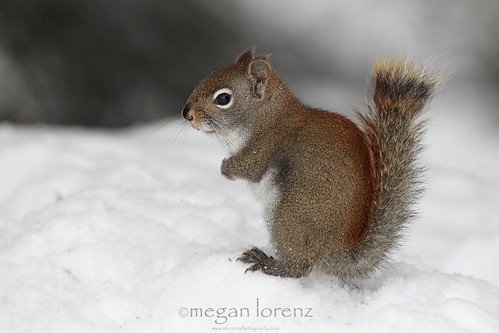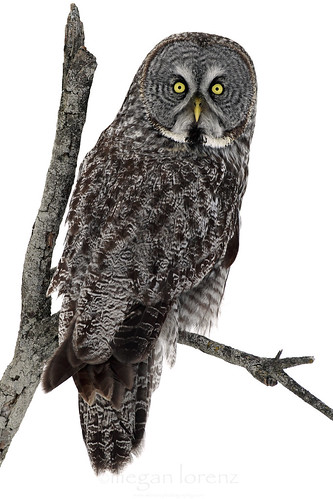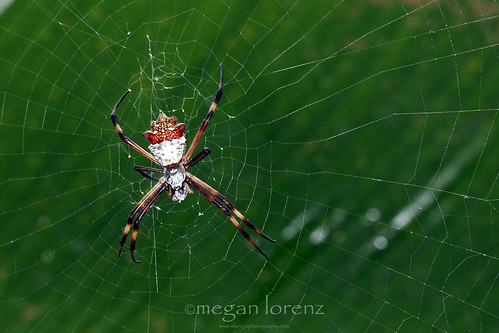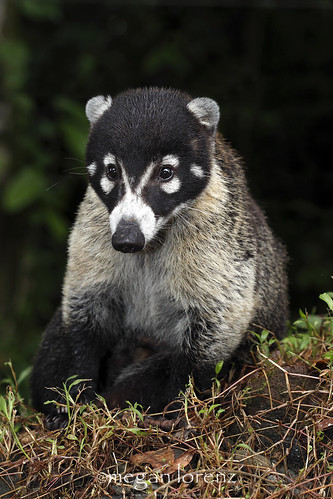Collared Aracari
Costa Rica
Mar 31, 2013
Mar 30, 2013
Mar 29, 2013
Praying Mantis
Praying Mantis
Costa Rica
Interesting fact:
The articulation of the neck is remarkably flexible; some species of mantis can rotate the head nearly 180 degrees.
Mar 28, 2013
Mar 27, 2013
Mar 26, 2013
Mar 24, 2013
Mar 22, 2013
Mar 21, 2013
Mar 20, 2013
Mar 19, 2013
Eye See You
Owl Butterfly
Costa Rica
Butterflies in the genus Caligo are commonly called owl butterflies after their huge eyespots which resemble owls' eyes. They are found in the rainforests and secondary forests of Mexico, Central, and South America.
Owl butterflies are very large (2.6–7.9 inches) and fly only a few metres at a time, so avian predators have little difficulty in following them to their settling place. However, the butterflies preferentially fly in dusk, when few avian predators are around. The Latin name may possibly refer to their active periods. Caligo means darkness. There are approximately 20 species in this genus.
Mar 18, 2013
Macaw
Loved these and I'm kicking myself for not buying one...guess I'll have to wait until my next visit. Made from old tires.
Mar 17, 2013
Mar 15, 2013
Mar 14, 2013
Mar 13, 2013
Bully
Busy editing the photos from Sophie & Rig's session....so I thought I'd take a break from Costa Rica photos and post a few of these :-)
Mar 12, 2013
Mar 11, 2013
Blue Jeans
Strawberry Poison Dart Frog
Costa Rica
The Strawberry Poison-dart Frog, also called the Blue-jeans Frog, is one of the most ‘popular’ amphibians in its region. This bright, charismatic species is active during the day and has a high population density, making its charming figure frequently found in certain areas of Costa Rica. This frog reproduces all year long in areas without a long dry season, and males can be heard calling all day with a buzz or chirp. Their small bodies can be seen or sometimes heard moving around leaf litter as they walk and hop.
Though small, males of this species are aggressively territorial. During the day, males perch on rocks, trees, or fallen logs, and make calls. These are both to attract females to mate as well as to intimidate trespassing males. If an intruder persists and calls back, a wrestling competition may result for up to 20 minutes. The males stand upright on their hind legs and grapple for dominance. Once one is pinned for several minutes he will leave after the winner releases him.
The fascinating reproductive process of this species has captured the interest of biologists and tourists alike. When a female meets a male, he leads her to a place to lay their eggs, such as in a curved leaf or in moist leaf litter. Unlike many frogs, the male does not climb onto the female’s back in amplexus, but instead the pair stands vent to vent, or with their tails together. The female lays 3 to 4 eggs, the male fertilizes them, and his mate leaves. The parental care beginning at this stage is unmatched by other amphibians. The male keeps the eggs moist by emptying his bladder on them. He also eats any eggs that are infected with fungi or that do not develop, as well as any eggs left by other males. Tadpoles hatch after one week, when the female returns. One to four tadpoles at a time squirm onto her back, and she carries each one to a different plant or leaf stem that is holding water—bromeliads are often the choice. These carefully chosen nests are sometimes in the canopy, high up from the frog’s otherwise ground-level habitat. Amazingly, the tadpole chooses its spot by vibrating when the mother approaches a desirable spot. Each tadpole is placed in a separate plant, where the mother leaves it with 1 to 5 unfertilized eggs for protein and nutrients. For more than a month, the female returns every few days to feed her young.
The frog’s bright colors warn off predators because the colors signal the toxicity for which the Poison-dart is named. The Strawberry Poison-dart Ffrog is not known to be lethal to man, but its skin secretions may have unpredictable effects on humans. Other species in this frog’s family have been used to make blowgun darts especially lethal. The most lethal animal toxin known belongs to a frog (Phyllobates terribilis) related to the Blue-jeans; poison from a single individual can kill twenty thousand mice or ten adult humans. Needless to say, brightly colored relatives like the Blue-jeans have few predators, and once it reaches adulthood, this frog can live for 5 or 6 years. As eggs, however, this species is preyed upon by fungi, worms, snakes, and even other Blue-jeans.
Mar 10, 2013
Arachnophobia
Let me start by saying "I am NOT a girly girl". I don't mind doing what it takes and getting dirty to capture the shot I'm after, I'm enthusiastic but not bubbly and I don't get scared easily. I'll happily do anything for an adrenaline rush and face any fears that I do have if I know the experience itself is something that will make my heart race. I've faced my fear of heights while practically balancing on a 100 metre cliff over the ocean and my fear of sharks and other demons in the water.
There's one thing I'm NEVER going to be ok with. Spiders. I see a spider and all of a sudden I'm turned into one of those girly girls that needs someone to make it go away. I don't care what you do, just make it disappear and do it fast. Screaming usually ensues.
Within a few nights of arriving at Selva Verde this year, we were sitting at our table and we had a situation. I say "our table" because it was unofficially "reservado" for us. Best table at the lodge....closest to the bar, the only one with a plug for the laptop right beside it and located in a place that made chatting with our friends possible when they had a few moments here and there. Only one person made the mistake of sitting at that table on our trip and he quickly offered to move. He bent down to pick up his stuff and by the time he turned around I already had the gear there and was sitting with my "pink something" umbrella drink satisfied that all was right in the world.
I'm kind of like Sheldon in the Big Bang Theory.
"But that's where I sit!"
Anyway, while sitting there with a big grin on my face after chasing away the intruder....it happened. I felt something crawl down my shirt and knew it must be one of the god knows how many species of huge nasty spiders. I immediately jumped up, made some incoherent bursts which were from sheer terror, spilled my drink and started jumping up and down while screaming. I lost all control. Totally unhinged.
Now the problem with my choice of table location was clear. Our Bartender and friend Gerardo was looking at me, laughing and shaking his head. "Crap. Now he thinks I'm one of those girly girls." He's too much of a gentleman to ever say anything but I'm sure I got a couple of embarrassing nicknames that night. I never did find whatever it was that decided to take his last stroll in such a dangerous spot.
After that I decided to face the fear. Some of the spiders in Costa Rica are actually really interesting and I spent some time watching a few of them build their webs and trap food which was spun & wrapped before being left in a good spot. It's amazing that I got this shot because it required me to break all my rules and get within a foot of the spider (voluntarily!!!) and maintain a level of control that I usually lack when in their presence. A few times I was only 6 inches away with the macro lens and close up filters and I refused to run in terror until I had a shot I was happy with.
Accomplished.
Mar 9, 2013
Mar 8, 2013
Blue Jeans
These little guys are so difficult to photograph, I didn't get any photos of them on last years trip that I was satisfied with. This year I had much more luck :-D
Strawberry Poison-Dart Frog
Costa Rica
Also known as the Blue Jeans Frog, they are the second most toxic frog in Costa Rica and they grow to approximately 17.5–22 mm in standard length. They are common throughout their range, which extends from eastern central Nicaragua through Costa Rica and northwestern Panama. The species is often found in humid lowlands and premontane forest, but large populations are also found in disturbed areas such as plantations.
Mar 7, 2013
Snookum Bear
Coati
Arenal Area, Costa Rica
Coatis are also known as Coatimundi, Brazilian Aardvarks, Mexican Tejón or Moncún, Hog-Nosed Coons, Pizotes, Panamanian Gatosolos, Crackoons and Snookum Bears and they are members of the raccoon family (Procyonidae). They are diurnal mammals native to South America, Central America, and South-Western North America.
Mar 6, 2013
Two Of A Kind
Finally home after a couple of wonderful weeks in Costa Rica. I miss it already. A special thank you to my friends in CR: Alexander, Herardo, Edwardo, Yehudi, Francisco, David & David. Look forward to seeing you again soon!
Last year I arranged transfers from location to location. This year we drove which was so much fun! At times it was an eye-opening experience but from now on.....I'll be driving myself around Costa Rica and enjoying the freedom and peace it gives me. We were held up a bit on the way to the airport but luckily we'd been told it was a bad route and to leave lots of extra time. We had to wait for landslides ahead of us to be cleared before we were able to continue along the road going through Braulio Carrillo National Park. Only in Costa Rica ;-)
I was thrilled to have so many opportunities with the Collared Aracaris at David's place....the Costa Rica Nature Pavilion. This one is probably my favorite although I haven't had much of a chance to go through the images while I was gone.

